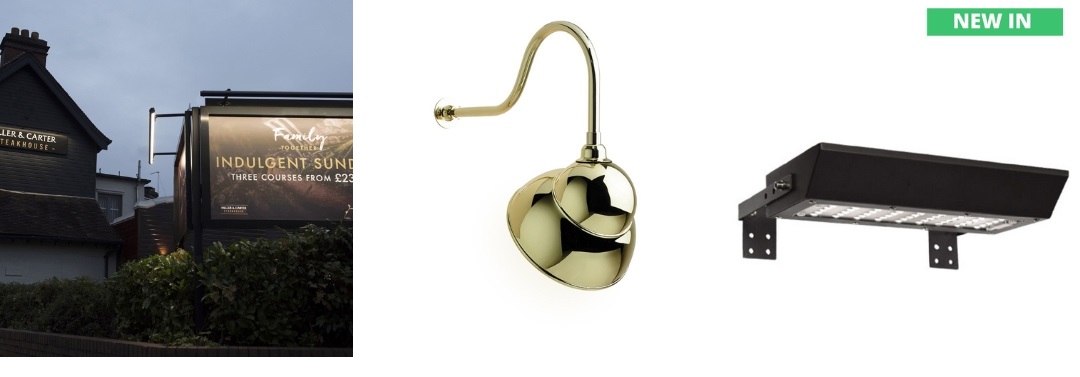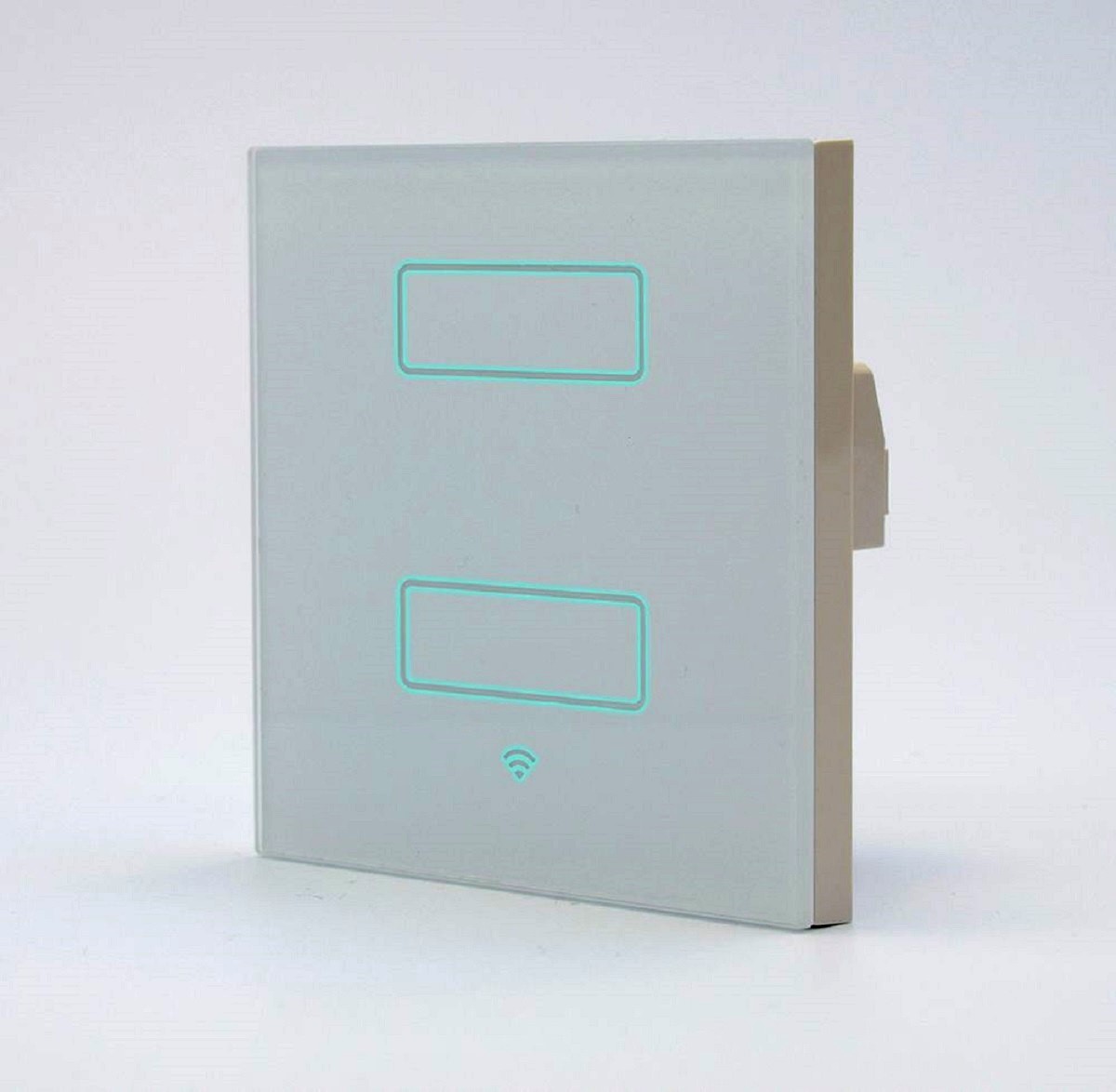Creating a Lighting Plan
Published on 06 Jan 2021 by Joy McAllister

Maybe you’ve moved into a new house, renovating your home or building a new home and need to plan the lighting from scratch or you’ve simply decided to update the lighting around your home – you should never treat lighting as an afterthought. Creating a proper lighting plan can be very useful as it makes searching for and buying appropriate light fittings and bulbs a whole lot less stressful, whilst ensuring the lighting you have decided on will have a positive impact within your home.
For the purpose of this blog we will be concentrating on the outside of your home, therefore your exterior lighting plans. Many Garden designers agree that the light you use has just as much of an impact as the plantation, sculptured pathways, garden furniture, ornamental structures and other aesthetic features. A poorly lit garden and outdoor space can make even the most beautifully landscaped garden feel dull and lifeless when illuminated. You may be thinking that creating a lighting plan requires a qualified electrician and an understanding of much of the technical jargon, but that isn't the case. Here at Exterior Lights UK we have provided some simple steps that you can take to create your first ever lighting plan.
Getting Started
If you’re looking at redesigning your garden and outdoor space you can begin by simply walking round with a pen and a piece of paper to write down the answers to some important questions you must ask yourself. You should ask yourself questions such as ‘what do I want to use this space for?’ For example you want to plant shrubs and new trees around the perimeter of your garden, put a patio outside your kitchen/dining area and run a pathway down the garden, or use the front of your property as a driveway with border plants around the perimeter. ‘How often will I use this space?' For example during spring to autumn or every day and it needs to be illuminated once it gets dark. 'Is the outdoor space South Facing? if so this is beneficial when considering Solar Lighting. 'Do I want the lighting to be managed?' By being managed this could simply be on a timer using a photocell or using a lighting control system to operate the lighting on a number of circuits.
Likewise you may wish to upgrade your outdoor space because the current lighting scheme you have is either very old and not energy efficient or it simply isn't working for you. For example, you may find that the old garden pathway has crumbled and is overgrown with grass and weeds and you want to replace the old pathway with nice sandstone paving slabs and either remove the grass with shingle or replace the lawn with artificial grass or give the lawn an overhaul with lawn treatment. Then Spreadlights would be a great choice as they produce great downlight for the pathway and can be spiked into the lawn or loose shingle which goes into soil. Just by walking around these areas you will start to think about getting new insights and inspirations. Or at the very least replace the old light bulbs with energy efficient ones.
Creating the Plan you need to know more about LUMENS. if you like lots of detail you could lose yourself for hours in the tech blurb from light bulb manufacturers, our quick guide to lumens may help also there’s also lots about lumens on Wiki which gives an independent view. However, when you are using light outdoors, you need to be safe and have sufficient illumination so you can see where you are walking and to keep your outside space looking secure against intruders and to provide illumination to garden features, plants, trees, driveways, decking areas and pergolas etc. It’s easy to point where you’d like to place your lights, but to get a clear idea and an understanding of why you’re putting a light there, and if it’s necessary, then you need to draw out a plan of your outdoor space and then it will make sense where to place a light based on what you want to light and where the light needs to be located.. It’s a good idea to use graph paper here as it helps if the drawing is somewhat to scale, although there’s no real harm if it’s not. Start by marking out the shape of the area with a pencil and ruler, including existing shrubs, trees and features etc that can’t be re-arranged. You can then add any new additional or replacement plantation, pathways, decking, pergolas, and other features.
Now, using arrows mark which way you would like the light to be facing – for example, if it’s the trees you will want to uplight then it needs to be close to the base of the tree as necessary to provide a wash of light up into the trunk and branches.
Using the answers that you wrote down during your initial walk around, you can mark where you’d like to place each light source and what sort of light it will be. Take into account if you live in a conservation area and particularly bat colony's where light pollution could be a problem. That being the case the lower lumen lamp fittings would be better. Remember outdoors you are only competing with darkness unlike indoors where you have other light sources to compare with. Therefore your eye will adjust to low levels of light outdoors quite easily. To create a wall wash effect for your home a wall light that points downwards and also points up would be an up/downlight. These compliment your home and will not only make it look more secure outside but using a warm colour temperature lamp (bulb) will make it look very cosy and appealing when you come home.
Next you’ll need to consider how much light will be generated by the light fitting. Each outside area will be a different size and shape but again try to keep the colour temperature the same and in most cases stay with the warmer colour temperature spectrum. Tall trees and security floodlit areas will need more light, which means either a higher lumen output lamp (bulb) and wider spacings or multiple fittings with lower lumen output lamps (bulbs). A quick guide for working out how much light you’ll need is length times width of the area you would like to illuminate and as a rough guide for garden spike lights, Spreadlights or bollard driveway light the average spacing is 2 - 3 metres.
Consulting an electrician is a great idea, they’ll tell you how easy it would be to achieve an outdoor circuit to add to your home. All outdoor lighting should be on it's own circuit and ring fenced from your home lighting. So that should anything get into the outdoor circuit/s it will not affect your home lighting. If you have the chance to add additional circuits for lighting do this before agreeing on all of the cabling requirements with your electrician.
Sometimes lighting is an after thought after all of the landscaping has been done. Sadly it’s at this point most people wish they’d considered lighting before changing their outdoor space. So don’t worry speak to sales@exteriorlights.co.uk. There’s always ways to improve most lighting schemes and if anyone can help it’s us at Exterior Lights UK.
Once you’re happy with the plan you’ve made, discuss it with us and your electrician and between us we can provide your outdoor space with illumination that will be the envy of your neighbourhood.
It makes life a lot easier when you’re browsing through a store already knowing exactly what you need! If you’re still on a quest for inspiration, contact us, respond to this blog or sign up for our newsletter.





















































